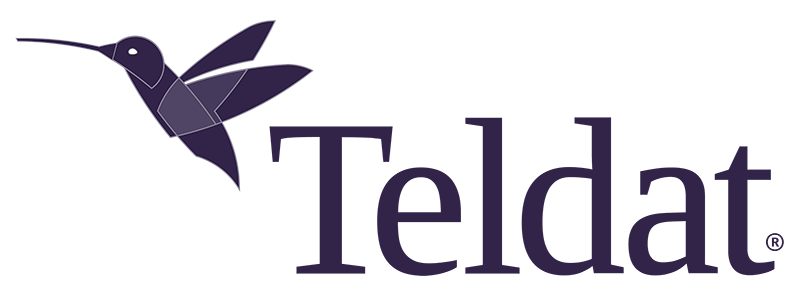SDWAN FAQs – Branch Edge
FAQs
1. ¿Qué es y cuál es la función del elemento “Branch Edge”?
2. ¿Cuáles son las posibilidades de elección de elementos “Branch Edge”?
3. ¿Es posible seleccionar el rango de direcciones IP por cada oficina remota manualmente?
4. ¿Cómo se asignan las direcciones IP en la LAN de cada oficina?
1. ¿Qué es y cuál es la función del elemento “Branch Edge”?
Es el elemento en el punto remoto que hace de nexo entre la red LAN del cliente y la red SDWAN. Las principales funciones son: Conexión con la(s) red(es) LAN, conexión con la(s) red(es) WAN, establecer overlay hacia Datacenter Edge, generar las sondas y medir SLA, identificar servicios/aplicaciones, aplicar QoS y decidir políticas de encaminamiento basadas en SLA.
2. ¿Cuáles son las posibilidades de elección de elementos “Branch Edge”?
Los siguientes routers Teldat: Teldat-V, Teldat-M1, Teldat-iM8, Atlas-60, Atlas-i70, Teldat-H2Auto, Teldat-H2Auto+ y Teldat-H2Rail.
3. ¿Es posible seleccionar el rango de direcciones IP por cada oficina remota manualmente?
Sí, el usuario puede definir de un rango de IPs mayor, un subconjunto de direcciones IP que se asignen a una oficina remota específica.
4. ¿Cómo se asignan las direcciones IP en la LAN de cada oficina?
En la platilla de sede remota, el usuario define los perfiles LAN que se configuran. Un perfil LAN es la configuración de la LAN del equipo y define el número máximo de direcciones IP para un grupo específico de usuarios (por ejemplo, 16 direcciones IP para teléfonos y 8 direcciones IP para invitados), si se usan VLAN desde el router hacia la LAN y como se asignas las direcciones IP.
CNM permite configurar la asignación de direcciones IP de tres maneras diferentes:
- Manualmente: no hay DHCP configurado en el equipo
- Por DHCP
- Servidor DHCP: el servidor DHCP es en la misma red que el equipo
- DHCP Relay: el servidor DHCP no está en la misma red que el equipo. En este caso, es necesario proporcionar la dirección IP del servidor DHCP
Lea nuestras últimos artículos
Diseño electrónico basado en «Constraints»
Los "Constraints". Si bien los esquemas electrónicos son la forma práctica de representar los componentes y conexiones de un circuito electrónico, no dejan de ser una simplificación que omite aspectos importantes de su comportamiento: las líneas de conexión...
Sus funcionalidades son sólo tan fuertes como su hardware
En el mundo de las telecomunicaciones, la innovación se ha convertido en la estrella (abriendo las puertas a nuevos protocolos, funcionalidades novedosas, proyectos ambiciosos como el 5G o los firewalls de nueva generación (NGFW), etc.). Sin embargo, tras el telón se...
Ciberseguridad y Redes Inteligentes: Pilares Fundamentales para la Infraestructura del Transporte
En un mundo cada vez más interconectado, donde la digitalización transforma profundamente la forma en que se gestionan y operan los sistemas de transporte, la ciberseguridad se ha convertido en un componente crítico para garantizar la continuidad, seguridad y...

























